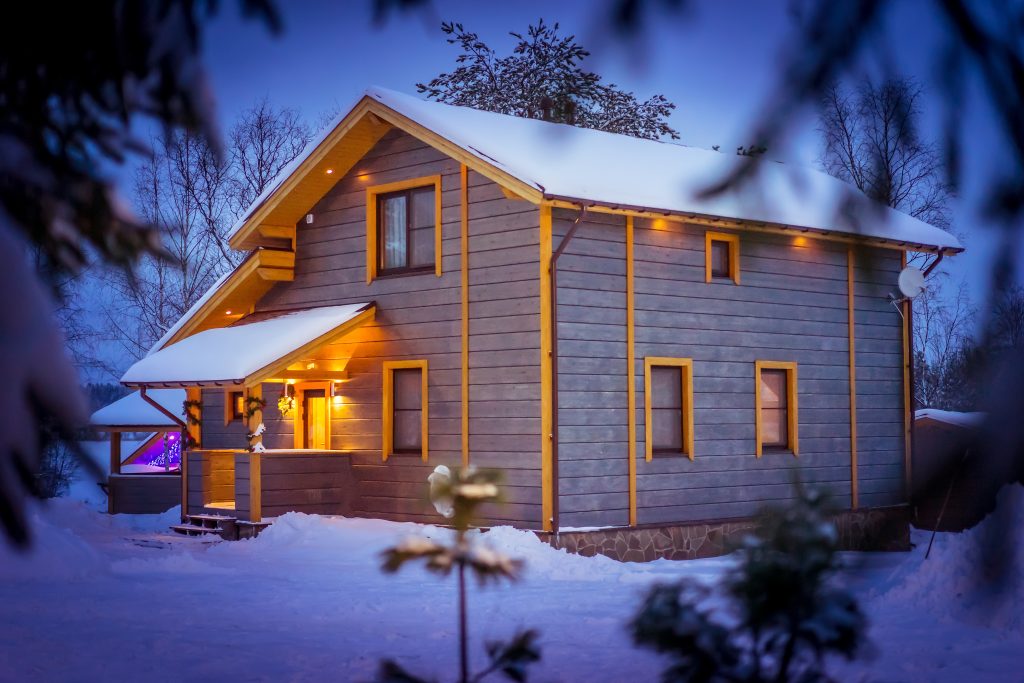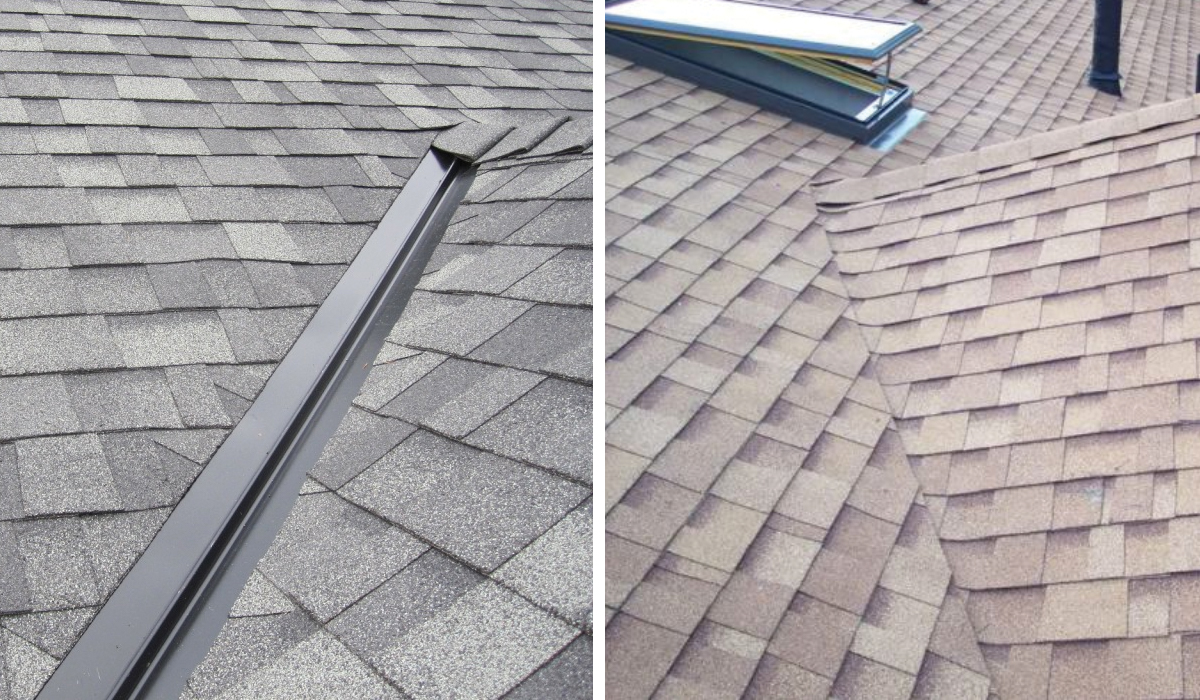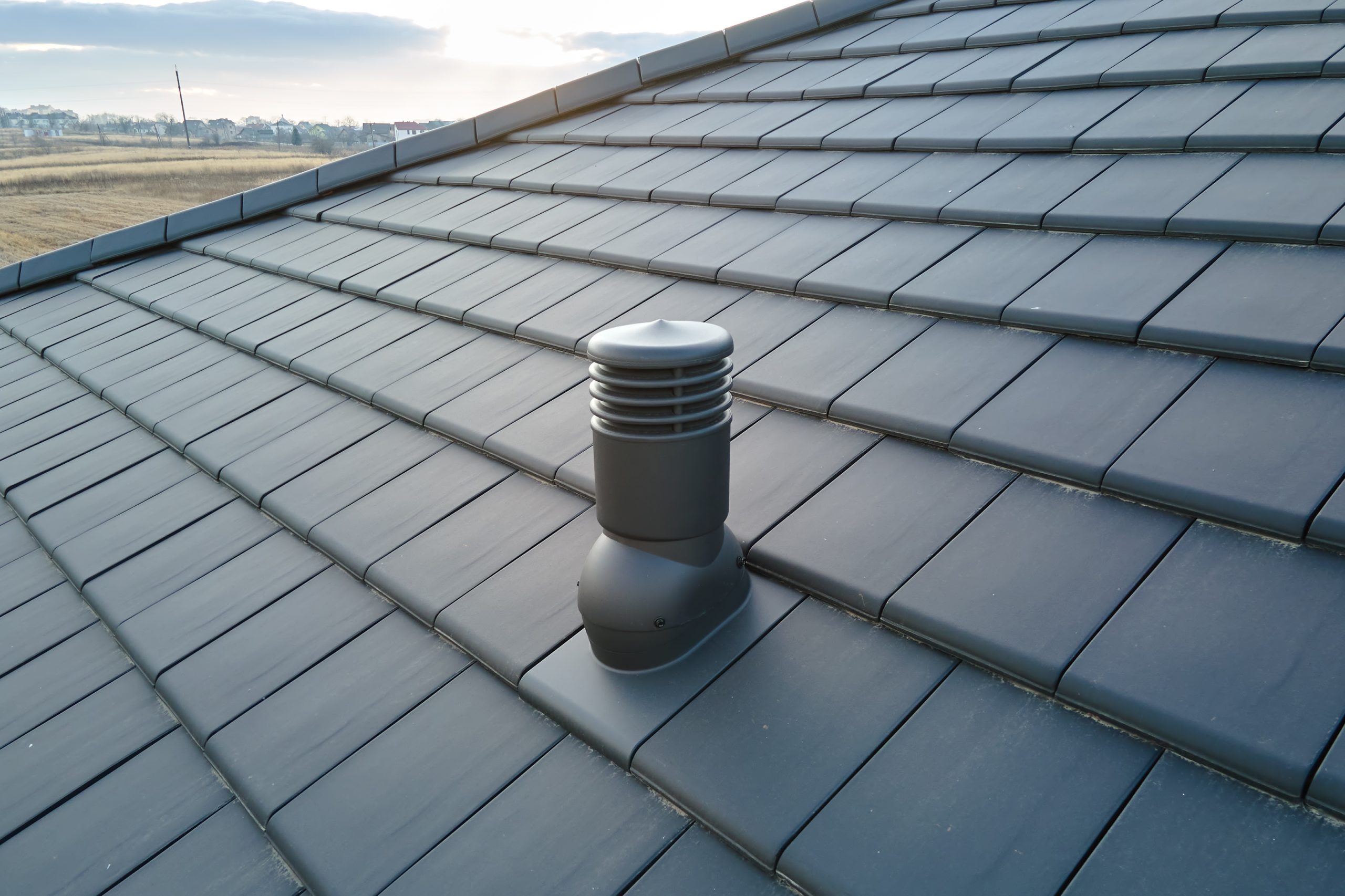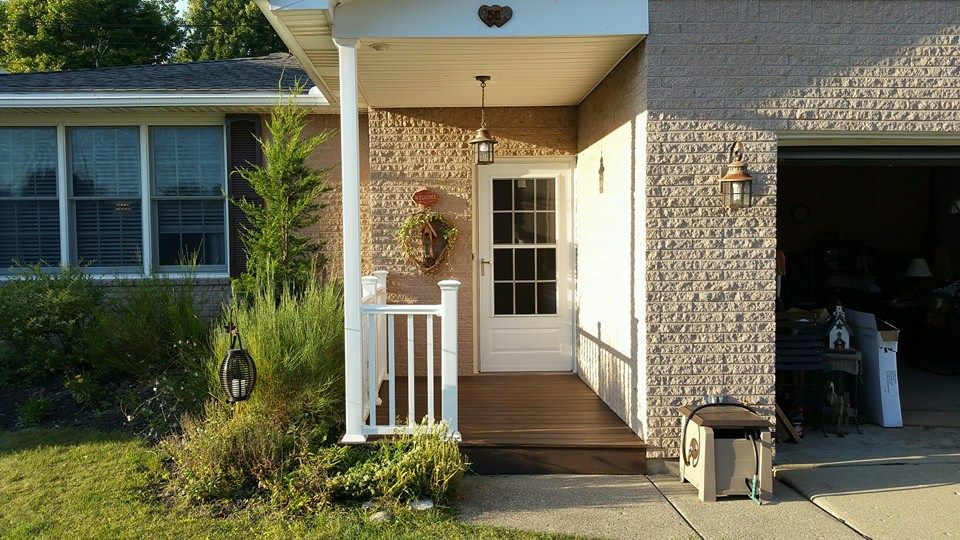Winter is a beautiful time of year, with snow-covered landscapes and cozy nights by the fire. However, it also brings harsh weather conditions that can take a toll on your home’s roof. As a homeowner, it is important to prepare your roof for the winter months to avoid expensive repairs and potential damage. In this blog post, we will discuss how winter weather can affect your roof and precautions you can take to keep it in top shape.

Winter Weather and Your Roof
During the winter months, your roof is constantly exposed to snow, ice, and freezing temperatures. This can cause a variety of issues such as:
- Ice Dams: When snow on the roof melts and refreezes at the edge of the roof, it creates an ice dam that blocks proper drainage. This can lead to water seeping into your home and causing damage.
- Snow Load: Heavy snow accumulation on the roof can put excess weight and strain on the structure, potentially causing it to collapse.
- Freezing and Thawing: Fluctuations in temperature can cause materials on your roof to expand and contract, leading to cracks and damage.
- Condensation: Cold temperatures outside combined with warm air inside can create condensation on your roof, which can lead to mold and mildew growth.
Precautions to Take
To protect your roof from these winter weather hazards, here are some precautions you can take:
- Inspect your roof: Before the winter season, it is important to inspect your roof for any damage or weak spots. This will allow you to address any issues before they become worse in harsh weather conditions.
- Clear debris and clean gutters: Make sure your gutters are free of leaves and debris, as this can block proper drainage and contribute to ice dams.
- Trim overhanging tree branches: During heavy snowfall, overhanging tree branches can break and damage your roof. Trimming them before winter can prevent this from happening.
- Install insulation: Proper insulation in the attic can help regulate the temperature on your roof and prevent condensation. It also helps with energy efficiency.
- Use a roof rake: During the winter, use a roof rake to safely remove snow from your roof. This will prevent excess weight and strain on the structure.
- Consider a professional inspection: If you are unsure about the condition of your roof, or if it has been a while since your last inspection, consider hiring a professional to assess and address any potential issues.



